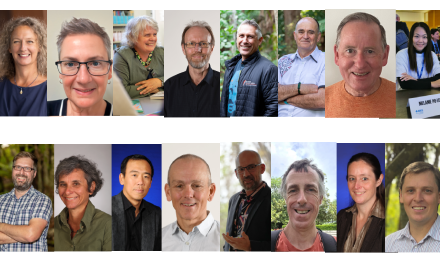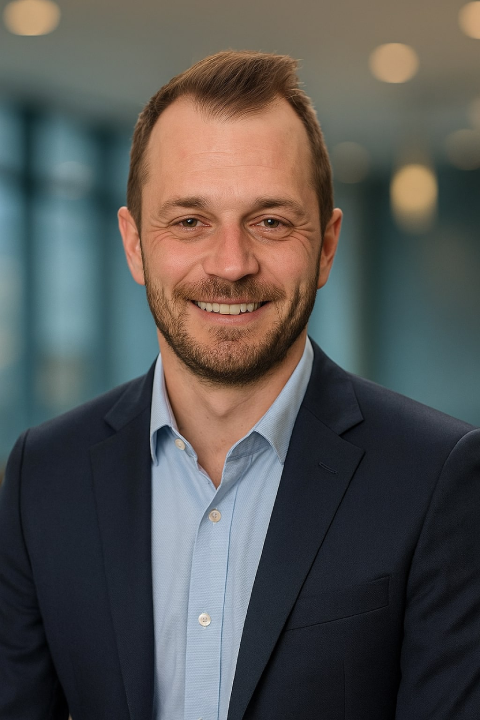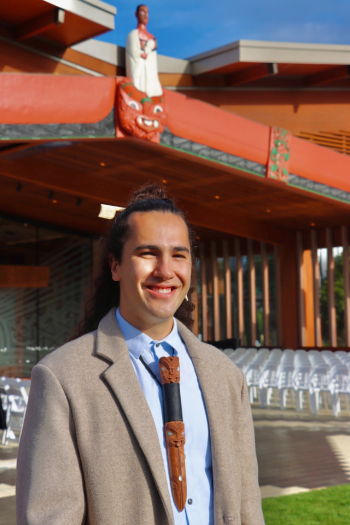Whanganui will be considered as a training location for the New Zealand Graduate School of Medicine thanks to a new agreement signed yesterday.
The University of Waikato is engaging with rural and regional communities throughout the country to finalise where its medical school’s clinical placements will take place.
The MOU between the University, Whanganui District Council, Te Ranga Tupua Iwi Collective, Health New Zealand and Whanganui Regional Health Network (WRHN) will see the parties explore opportunities for more medical students to train in Whanganui, Rangitīkei, Ruapehu and South Taranaki.
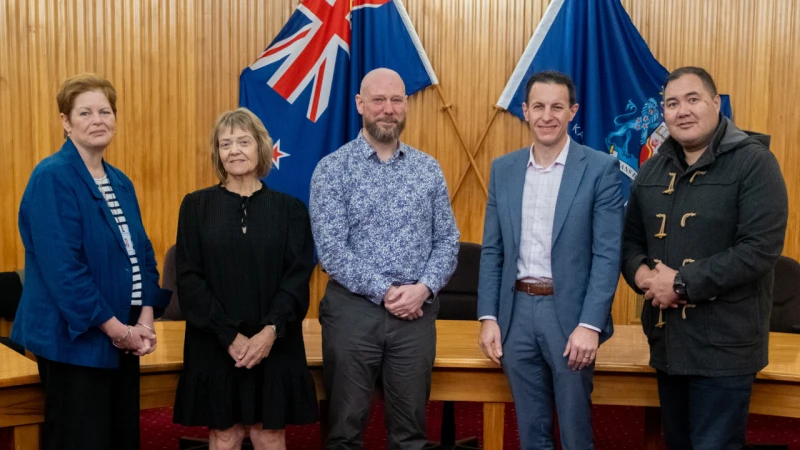
Signatories to the MOU Health New Zealand Group Director Operations Whanganui Katherine Fraser-Chapple, Chief Executive Officer of Whanganui Regional Health Network Judith Macdonald, Whanganui District Council Chief Executive David Langford, University of Waikato Pro-Vice Chancellor of Health Professor Jo Lane and Tumu Whakarae for Ngaa Rauru Kiitahi Tahinga Hina.
Coordinated by Whanganui District Council, the organisations have committed to working together to investigate not only potential clinical placements but accommodation options, future job opportunities, community activities and chances for medical students to socialise as well.
The first opportunity for this partnership was initiated by an invitation from local MP Carl Bates to University of Waikato Pro-Vice Chancellor of Health Professor Jo Lane to visit in February 2024 to meet the Whanganui District Council and local health providers.
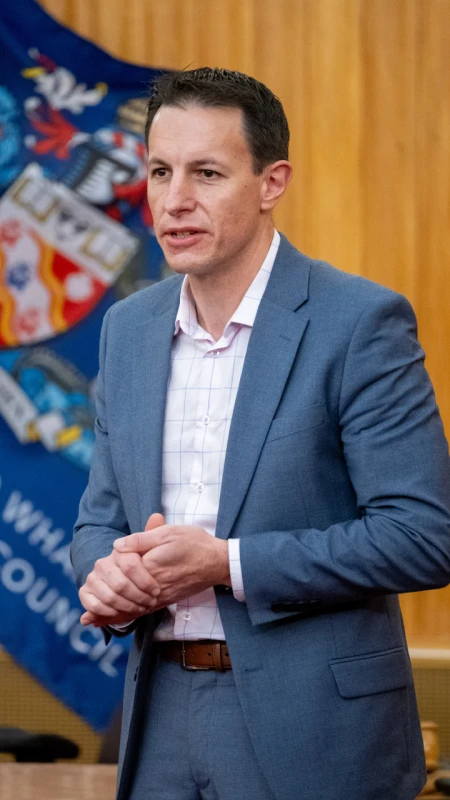
Pro Vice Chancellor of Health Professor Jo Lane
Professor Lane says taking a holistic view of potential placement locations is important and aimed at ensuring medical school graduates will want to live and work in regional and rural communities.
“The success of the clinical placement programme isn’t just about the placement itself but ensuring the students’ hauora is well looked after too,” he says.
In years two to four of the four-year programme, students will learn in rotations throughout regional hospitals and undertake a year-long primary care placement in a regional community.
“We’ve learned from engagement with our overseas partners that by enabling students to build their clinical knowledge, make professional connections and become part of a community, they’ll ultimately be more likely to want to stay in the region in which they’re placed,” Professor Lane says.
Whanganui District Council Chief Executive David Langford says signing the MOU is a huge milestone, and he’s excited to see what its next stage brings.
“When I first met with Professor Lane, I knew this was a massive opportunity for our community that we couldn’t miss. Having an ongoing pipeline of trainee doctors in our region would have such a positive impact on our local health system, especially if they chose to stay here after graduating.
“Local councils aren’t involved in delivering health services, but we are well connected with many of the organisations working across this sector. Whanganui District Council was well placed to bring our local health service providers, Iwi and Health New Zealand together and coordinate a regional approach to building the relationship with the University.”
Co-Chair of the Te Ranga Tupua Iwi Collective Pahia Turia spoke of the input provided by Iwi Māori health providers.
“Ngā Kaitataki Hauora – Iwi Māori health providers – spread across Te Ranga Tupua have been a pivotal voice in the development of this relationship, ensuring our rural communities and services have an opportunity to benefit directly from the medical school.
“Te Maatuku – Iwi Maori Partnership Board – recently released the regional Community Health Plan which prioritises workforce development as a key enabler to support priorities such as rural access and sustainability by growing and supporting the increase of our clinical and non-clinical workforce. We see this as an opportunity to retain and attract skills and talent to our rohe.”
Health New Zealand Group Director Operations Whanganui Katherine Fraser-Chapple says, “We warmly welcome this collaborative partnership as a crucial step towards strengthening our regional health workforce.
“Like many rural communities globally, Whanganui and the wider district face challenges with medical workforce shortages, particularly in primary care and rural health services. Increasing the number of medical students training directly in our communities is vital to ensuring sustainable, high-quality healthcare for our region.”
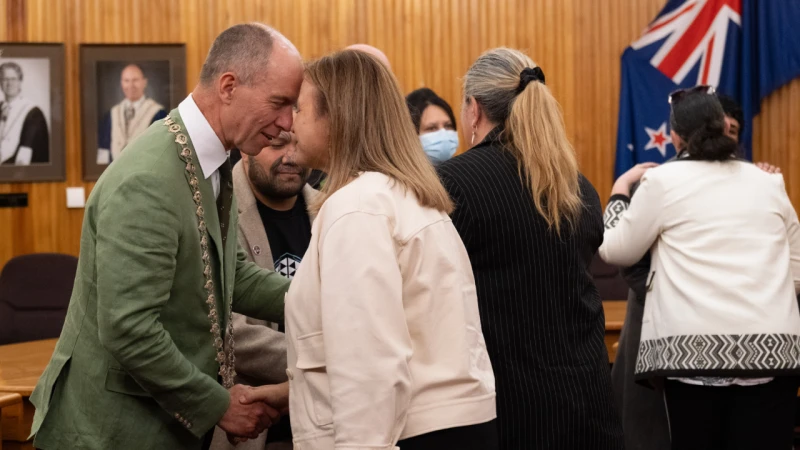
Deputy Vice Chancellor Māori Dr Sarah Jane Tiakiwai and Whanganui mayor Andrew Tripe
Chief Executive Officer of WRHN Judith Macdonald says the organisation takes rural communities’ equitable access to a range of healthcare services seriously.
“A key aspiration for our Iwi and community leaders is to ‘grow our own’ workforce. Supporting the establishment of the New Zealand Graduate School of Medicine will help fulfil this aspiration by maximising access for local students and for professional health services offering local placements at rural and provincial clinical businesses.”
Mr Bates says he is very pleased that the National-led Government’s commitment to a third medical school has led to a direct benefit for the Whanganui region.
"Thank you to the University for accepting my invitation to visit Whanganui last year to explore this opportunity and to the Council and our health services for taking up the opportunity to make Whanganui a centre for future rural general practitioners to be trained," he said.
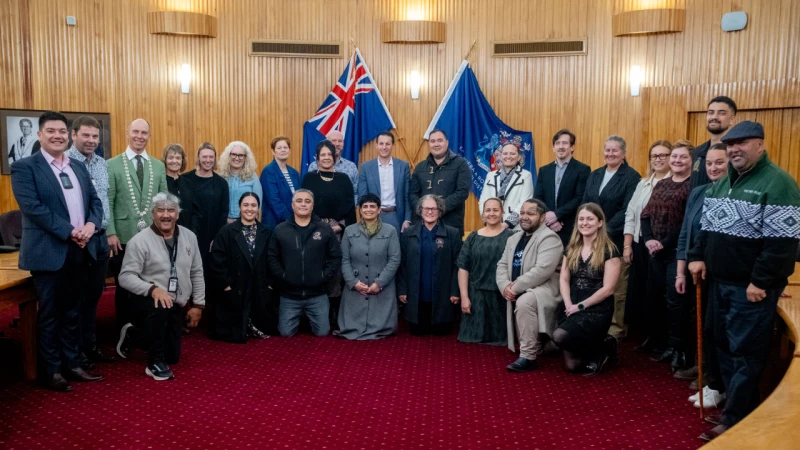
Attendees at the signing of the agreement.
The agreement provides for the scoping of placement opportunities in medicine, nursing, pharmacy, midwifery and other health professions as appropriate.
The University’s exploration of placement locations is underway, and Professor Lane says the door is open to all primary healthcare providers and organisations who want to welcome more medical students to their regions.
Final decisions on placement locations will be made by the middle of next year.
In July, the University of Waikato received the Government’s support for its plans to develop New Zealand’s first graduate-entry medical school, set to open in 2028.
The New Zealand Graduate School of Medicine’s curriculum will be designed to produce more graduates who choose to become GPs and who want to work in regional and rural communities.
Graduate-entry medical programmes require students to already hold a bachelor’s degree. They are the most common model of medical education in Australia and are the predominant model of medical education in Canada and the USA. This approach has proven to be highly successful in targeting areas with specific need, such as primary care shortages.
